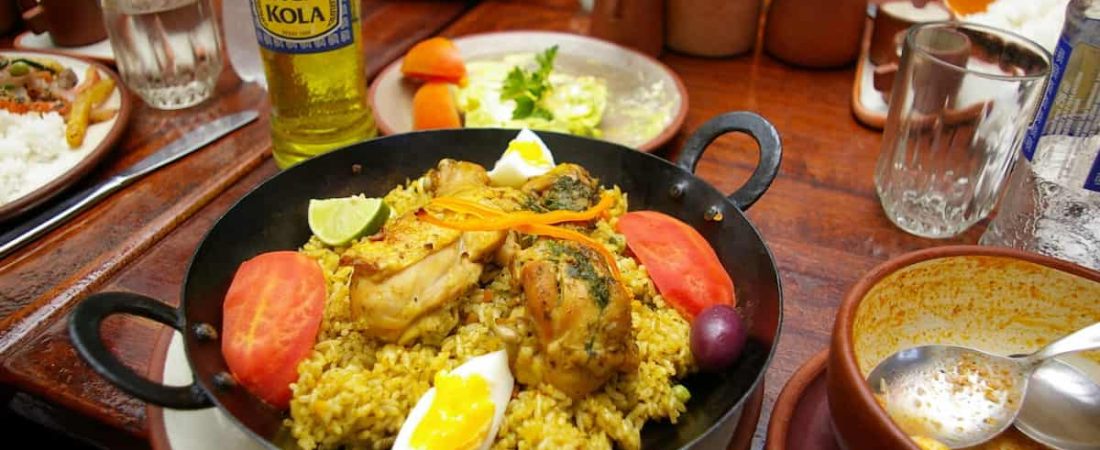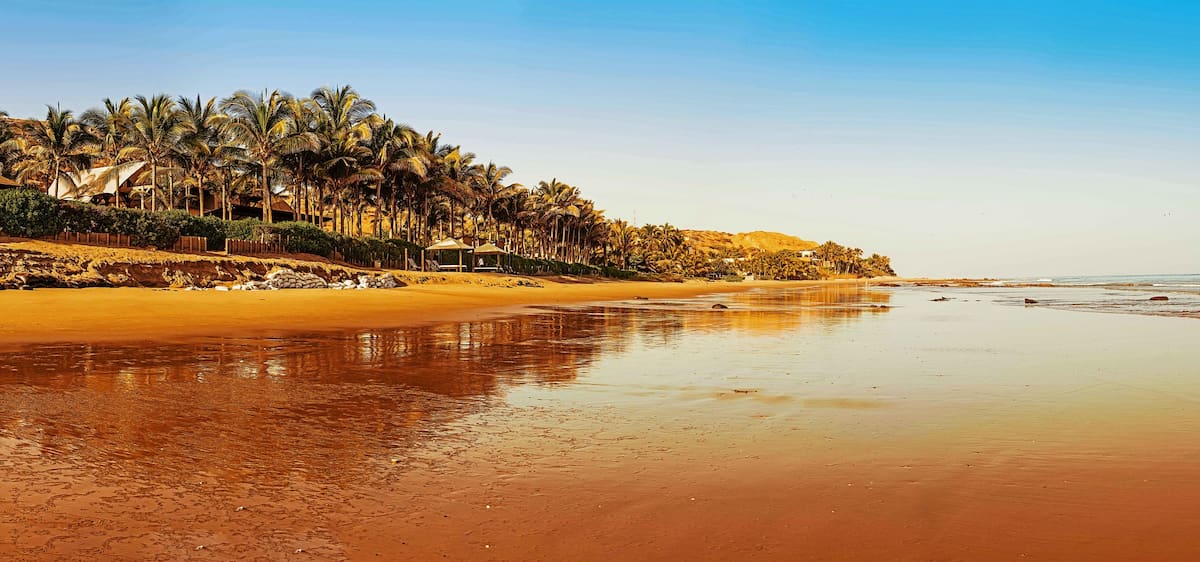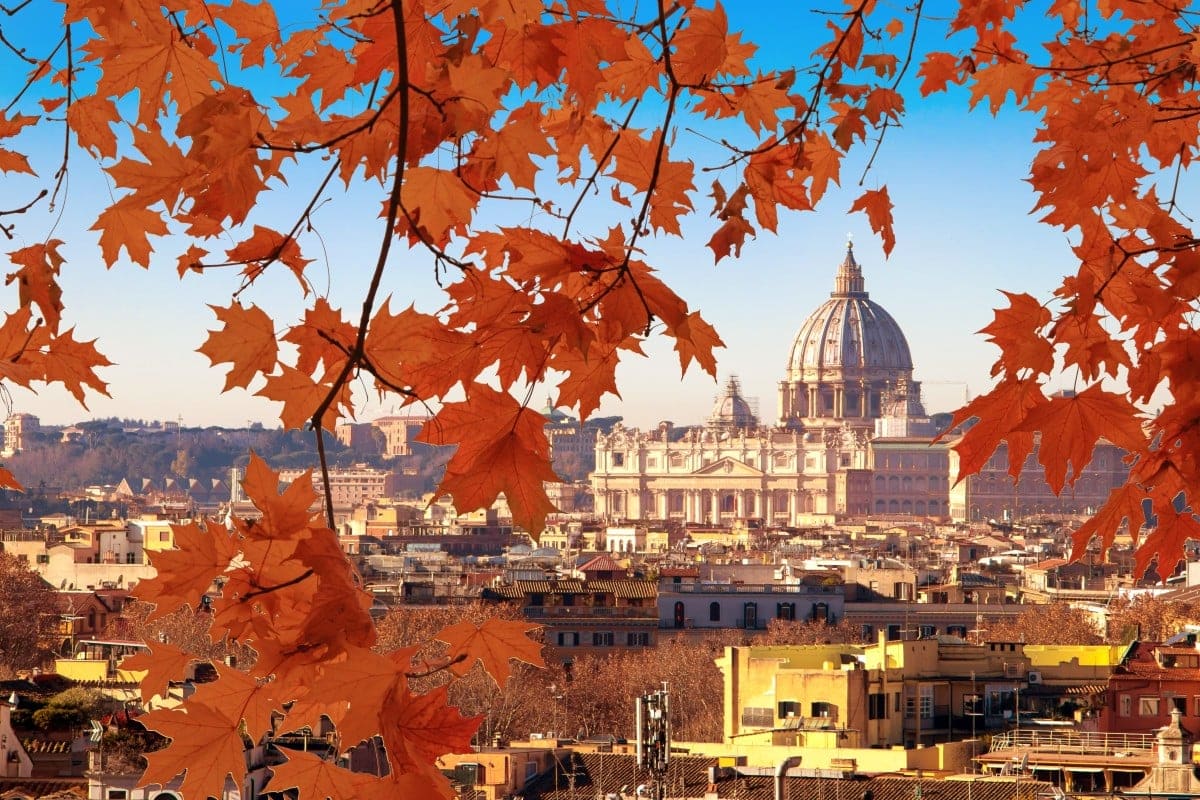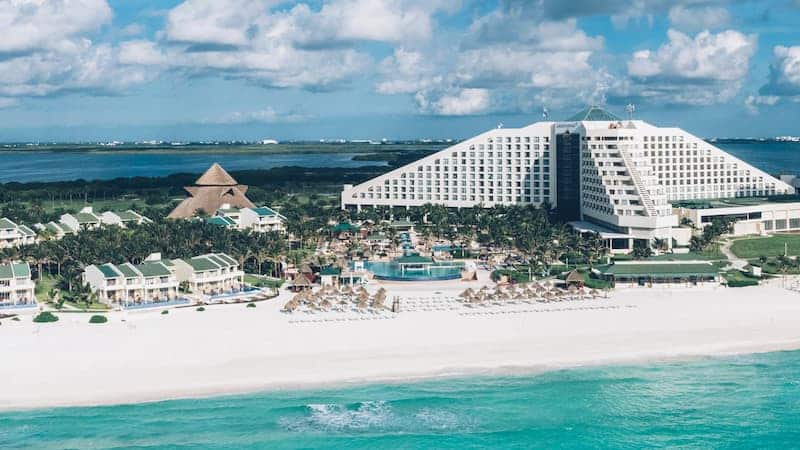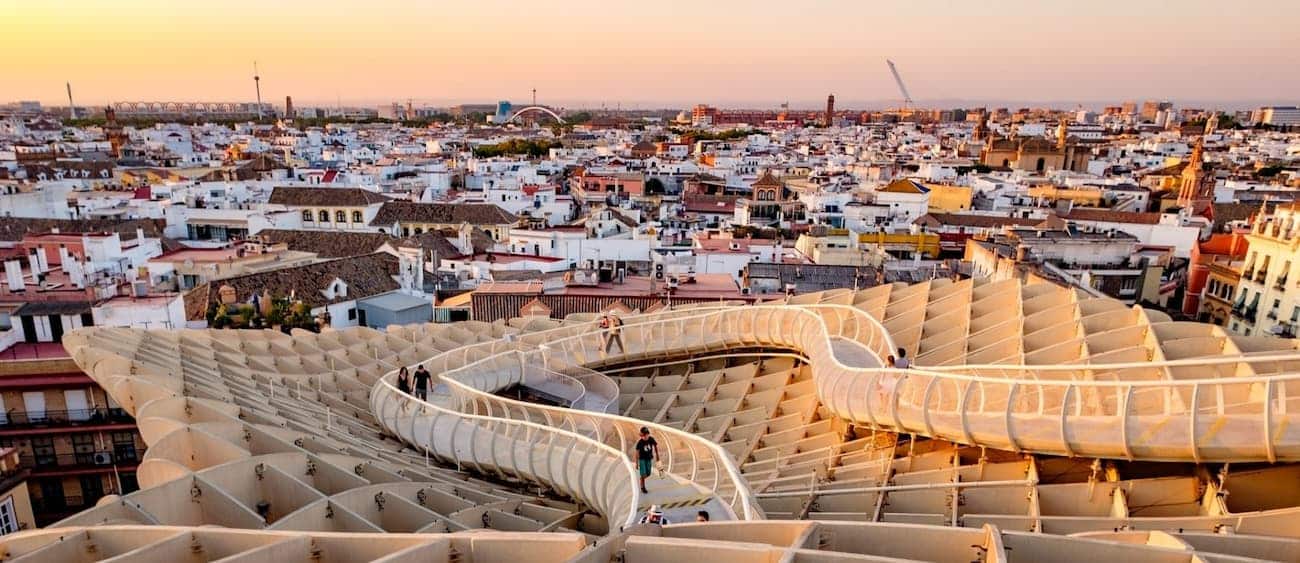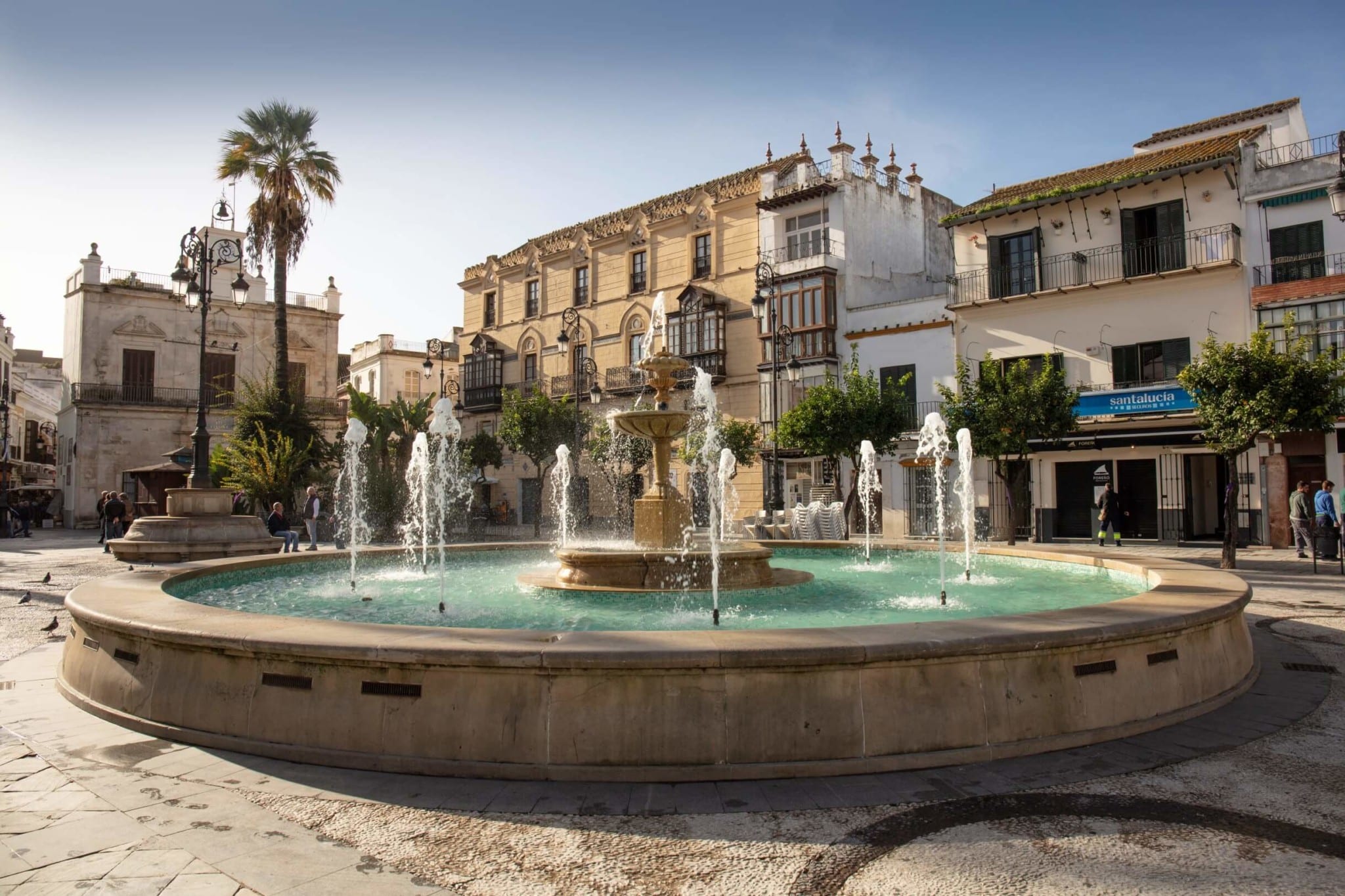We always say that the flavors of the world transport us to the cities, to the small towns and even to the ancestral traditions of the inhabitants of the place that, as a traveler, you visit. The dedication in each dish, the customs and traditions embodied in the preparations and ingredients used, lead us to travel through these flavors and Peruvian food is no exception.
Typical Peruvian food is one of the best in the world and, if you were in doubt, in this post we will tell you the reasons why it is on the “podium” of a of the gastronomic offers that you must taste.
Typical Peruvian foods are varied, with different flavors and colors, literally ancestral recipes and ingredients that are used thousands of years ago, even when Peru was not known as such, but an Inca empire. We invite you not to miss this post where we will tell you everything about Peruvian food.
1. No matter where you go, typical Peruvian foods are delicious
From the most elegant restaurant to the popular market, from the most expensive place to the never-missing street vendor. No matter where you want to taste Peruvian food, there are always the characteristics that we told you before, embodied in each dish, making it unique.
Lima and Arequipa are the best known local destinations for its gastronomy ; 3 of those considered best 50 restaurants in the world < They are located in Lima, however, Peruvians do not brag about it, because they know that there are many places where you can eat just as well.
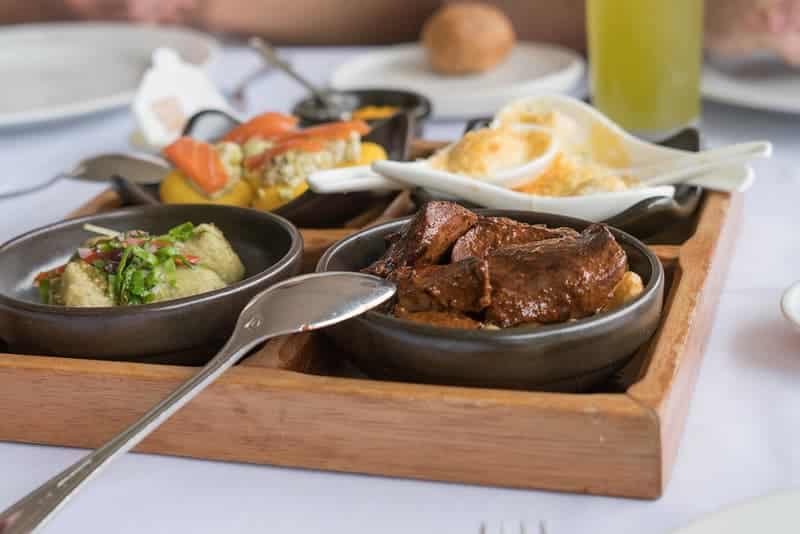
This is why the first reason definitely has to be this, because Peruvian food is available to everyone.
- Traveler advice: don’t miss our post where we tell you what are the best dishes of Peruvian food.
2. The great mix of cultures in a single gastronomy
If to the gastronomy of ancient Peru, even of the Inca period, we add hundreds of years of Spanish influence and finally we add an icing of Asian and Italian cuisine from the immigration of the 19th century, s < strong> We will surely get a large plate -or several-.
In other words, Peruvian food is a perfect fusion of cultures, years of history and small details that have made a difference over the centuries, not only in the ingredients of each dish, but in the preparation itself.
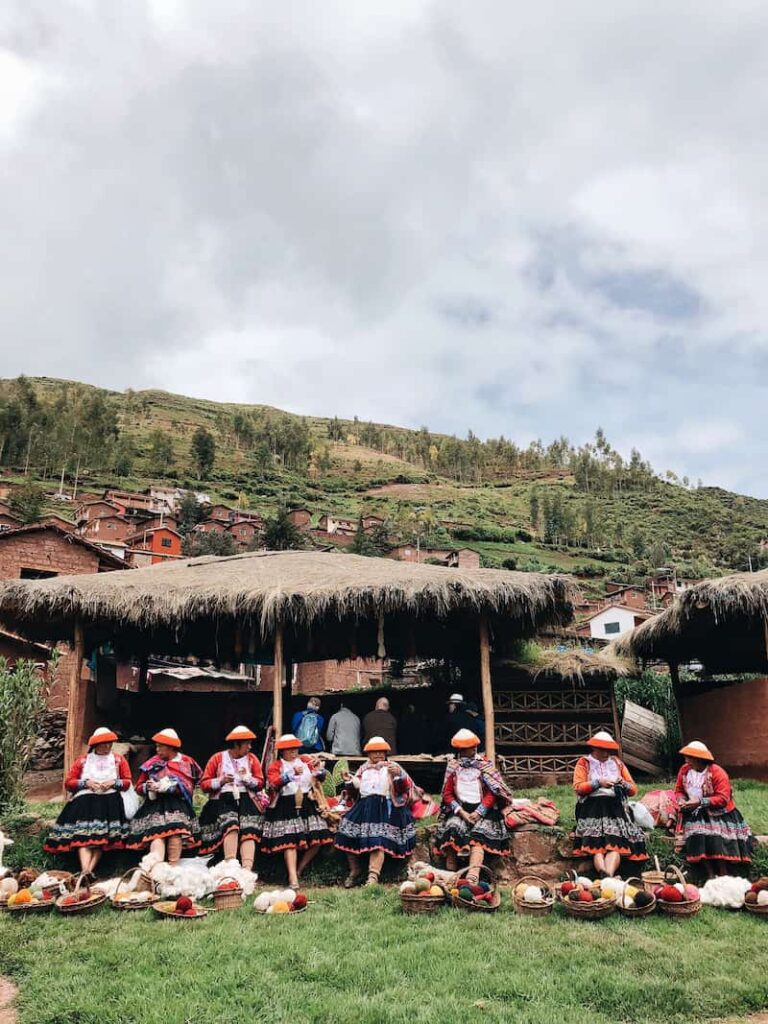
Pachamanca Vs. Chifa? No, I want it all. Pachamanca is the way of preparing meats and tubers cooked in a hole in the ground on hot stones, and, chifa, is a mixture of Cantonese and Peruvian cuisine, just a couple of examples of the variety of dishes available in Peru.
3. Beach, jungle and mountains, the geographical importance of typical Peruvian foods
Ok, actually we should call it coast, jungle and mountain range, the point is that all of the above also converges in a geographic place with direct access to the Pacific Ocean along with its benefits (fish, mollusks and crustaceans of all kinds) and a fertile land with different heights full of variety, forming a fantastic country such as Peru.
This is how, in each sector of the country, it is possible to find different typical dishes that represent each sector:
- On the coast : we can find the tiradito (a dish made with raw fish and spicy sauce), the stretcher ( a fish and seafood soup) and the choritos a la chalaca (mussels with creole sauce and boiled corn kernels), highlighting the importance of fish on the Peruvian coast.
- In the mountains : the Peruvian Andes, we find papas a la huancaína (a typical recipe from Peru, made with potatoes and eggs) or ocopa (a recipe very similar to the previous one, but with potatoes with spicy sauce), being all dishes with tubers and sauces, generally simple to prepare.
- In the jungle : the products of the jungle nature are key in the preparation of the dishes of the Peruvian Amazon jungle , the juane (a kind of tamale, made with bijao leaves, composed of rice and hen) inchicapi (a pre-Hispanic dish, cooked by the natives in the jungle long before the Spanish colonization, prepared with chicken broth and corn flour), tacacho con cecina (a kind of croquettes made with bananas, accompanied by bacon ). Generally, all the dishes of the Peruvian jungle were created by the indigenous communities of the area and adopted at religious festivals upon the arrival of the Spanish.
4. The ceviche, of course it is!
Yes, the ceviche (ceviche, seviche or sebiche, put the ce, ese, uve and be as you prefer) in itself has to be a reason, one of the most popular dishes, worldwide, within the Typical Peruvian food.
We can summarize ceviche as: the best delicately mixed raw fish with acidic, salty and spicy ingredients to delight any diner. There is a whole culture that revolves around ceviche, the fishermen’s schedule, the purity of the flavor of each type of fish and the care of the mixture of the rest of the ingredients. There are different ways to prepare it, one for each palate requirement but, in any case, you will say “Mmh!” sometime while you lick your lips for the leche de tigre (the juice left over from the ceviche, also used as an aperitif).
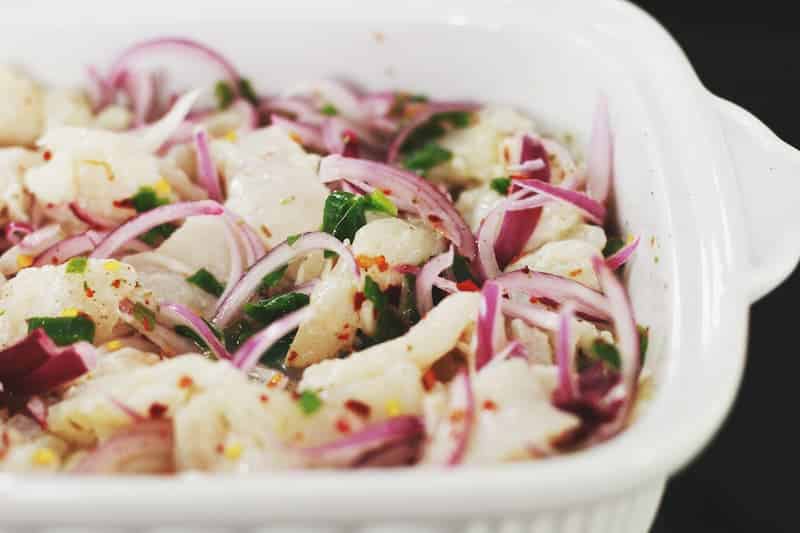
Fresh tuna, avocado (or avocado, in some countries), red onion, fresh tomato, lemon, lime, coriander and chili are just some of the basic ingredients of a dish that, just as it is classic, has it of varied.
5. Typical Peruvian foods are the best in the world, due to the freshness of their ingredients
The culture of a place revolves around food, classic preparations and ancestral recipes that carry a tradition that must be followed “to the letter”, so you have to be careful in the details.
I give you an example of the excellence of ceviche when they taste it in their native country; Do you know the characteristic smell of fishmongers? Well, in Peru they will not feel it. The fish is always so fresh that it never has a chance to smell, in fact, traditional cevicherias close their doors at 3:00 p.m. because logically, if the ingredient The main was fish in the morning, in the middle of the afternoon it begins to lose its freshness and it is no longer worthy of being prepared on a plate.
The same thing that happens with fish and the importance of its freshness, it happens with other ingredients and the dedication that goes into each dish, definitely a country where you can travel with flavors. other places? To other times? To other centuries? So, in that order.
6. The great variety of fruits and vegetables, a classic of Peruvian food
The combination of ingredients is the basis of a great gastronomy and with so many options being born and growing everywhere, there is much to do. Fruits such as custard apple, achiote and lucuma, and vegetables such as tarwi and quinoa, are key ingredients in many preparations. Only from avocado (avocado) more than 10 varieties are obtained: hass, mexicola, ester, pinkerton, zutano, reed, strong, bacon, gwen, negra de la cruz, and even a called avocado dedito, which is so small that it is eaten in one bite. And not to mention the types of potatoes, which we would never finish.
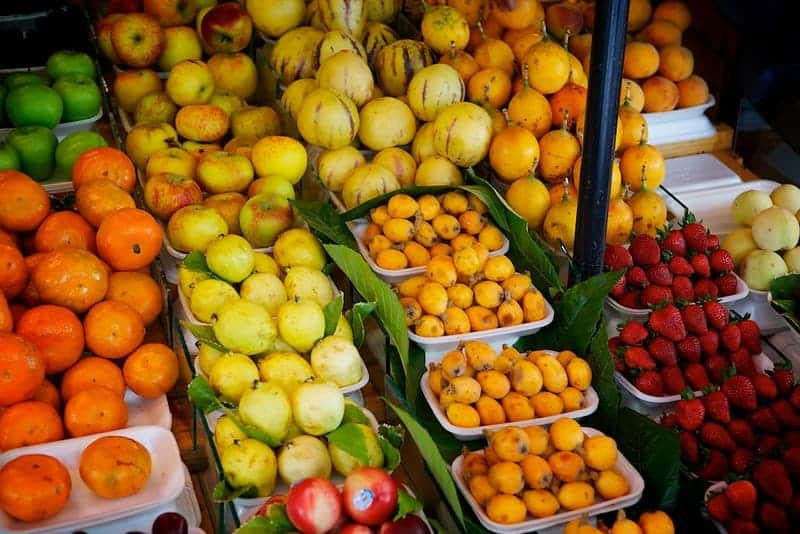
Only in the Peruvian territory, 623 species (553 native and 70 introduced) of fruits and vegetables of all kinds have been discovered.
Each of the fruits and vegetables used (separately or together) in each dish, form different dishes, which also generates a wide variety of these dishes.
7. Chili, the element that can never be missing
“Those from my land are so fond of uchú (chili) that they will not eat without it even if it is nothing but raw herbs”.
-Garcilaso de la Vega.
The love of this nation for the chili pepper dates back to pre-Columbian periods, which, in addition, studies reveal that the genus originated about 18 thousand years ago, in Upper Peru, Lake Titicaca and Bolivia. More than 9 thousand families throughout the territory dedicate themselves exclusively to its production and harvest, forming part of the country’s dishes for 8 thousand years.
There is a huge range of options – it is said that more than 300 varieties of chili peppers – that offer different sizes, colors and levels of heat. Whichever type is used, everywhere you will find chili sauces to accompany your meal that go with everything from a hamburger to a rice with scallops and squid ink. And for those who want to try it in its whole version and dare to spice it up, there are always dishes such as stuffed hot peppers available.
8. The colors of Peruvian food are a “registered trademark”
There is no doubt that a colorful plate attracts a lot to the eye and then to the palate, in fact there are theories of “color psychology”, where the importance of the variety of colors is explained in the dishes that one eats as well as what these colors cause in the psyche of each of the diners. According to various studies, the color red is related to the energy provided by food, yellow, light and opens the appetite, green, directly related to healthy.

Peruvian food is a rainbow, it is a combination of colors, textures and aromas that attract and whet the appetite of any traveler who seeks to travel through all the senses, standing out, (in addition of how delicious it is) for presenting different colors in each of its dishes.
9. Stews and soups, an indelible mark in the history of Peruvian food
Chupe, carapulcra, tacu-tacu, cau-cau, sweet potato with stuffing and we have just started to count the number of dishes with stews, creams and soups that are in this country, a registered trademark, an indelible mark and a perfect summary of the history of Peruvian food.
Surely it happens to many of us that stews give a sensation of flavor, seasoning, strong tastes, smells of grandmothers cooking, food that repairs the soul and recomposes the body, a journey towards the ancestors, a memory, a flashback in the best Ratatouille style.
The stews and soups of Peru are part of the daily, regular gastronomy, the dishes that can be eaten every day and are a classic of the resident families of the country. Generally, soups, such as inchicapi or stretcher that we told you before, are consumed throughout the country, regardless of the area, forming part of the entrances to the Peruvian menu, either at lunch or dinner.
10. La canchita, may it never be missing
In each restaurant, before the meal, they serve you a plate of canchita serrana, a plate made of toasted corn (one of the 30 types of corn that can be found in the country). Sometimes they serve it alone, sometimes it is several types of corn, with peanuts or with fresh cheese. The truth is that it accompanies any situation quite well and prepares the palate for the flavors that follow.
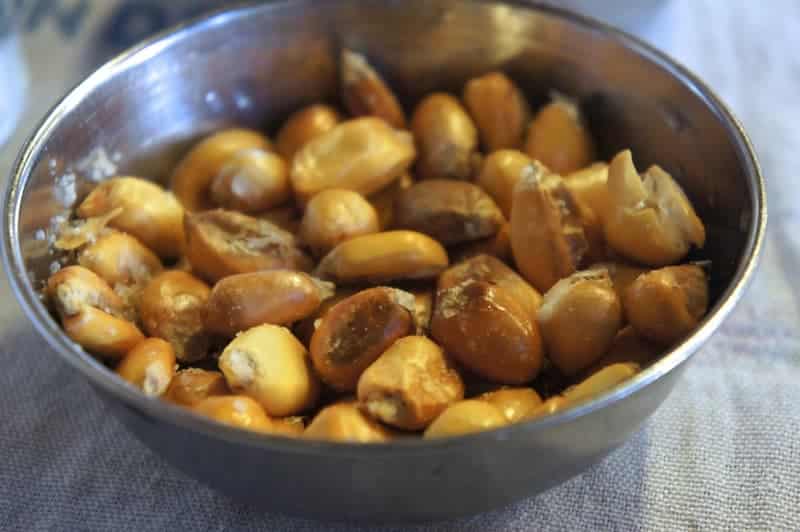
La canchita is a classic of many countries in South America but (from my own experience) in Peru it can never be absent, it is a great snack before lunch or dinner, in any restaurant one goes.
Don’t worry about the amount you eat, recent studies reveal that the mountain pitch is as healthy as eating fruit, due to its antioxidant properties.
11. Pisco and drinks, the classic companions of Peruvian food
Why else are they going to serve so many fruits if not to make juices and smoothies worthy of being served in paradise? Carambola with banana and enough ice for a tropical juice; granadilla, pineapple and camu-camu; lucuma, custard apple and milk; papaya, banana, honey and carob. There are fruits and juices for all tastes, including I nca Kola, a more than original name for soda lovers. Juices and drinks from Peru are as varied (and delicious) as typical Peruvian foods themselves, a great combination of different fruits make up different flavors, ideal for every occasion.
Surely many have heard about pisco sour the national drink -chilenos, don’t bother me-, prepared with pisco (grape brandy, from the city of Pisco), lemon juice, egg white, angostura bitters and syrup, served at parties, meetings and even a perfect combination with a canchita serrana, ¿¿ no?
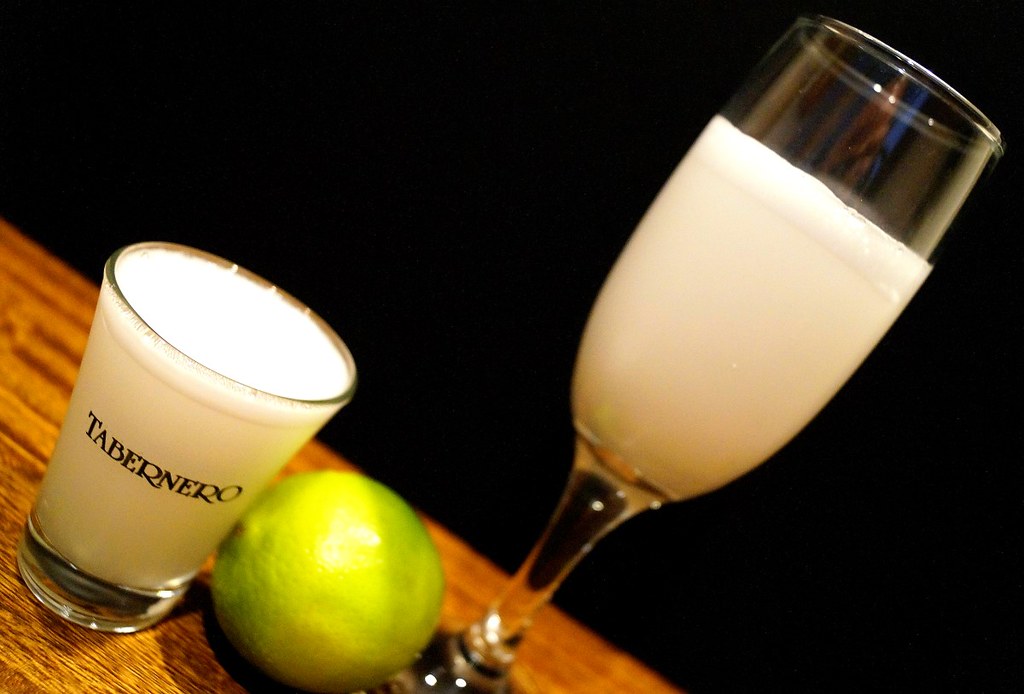
12. The best Peruvian chefs are … all its residents!
It’s no secret to anyone that Peru boasts of its gastronomy, but they have what! This is so true that an online survey showed that Peruvians feel more identified with their food than with their national symbols. Typical Peruvian foods are part of their culture, their routine, their life and their traditional celebrations, following recipes, customs and procedures from hundreds of years ago.
Enjoying Peruvian food during a trip is getting inside the culture of the region, knowing its ancestors and history and understanding the reason for each of the preparations.
The great movement that Peru has created internationally promoting itself as a gastronomic tourism destination has made it grow a lot and that more and more restaurants and food places are installed typical to entertain visitors. I’m not saying it, the English magazine “Conde Nast Traveler” says it, which ensures that Lima is the new culinary epicenter of the world.
